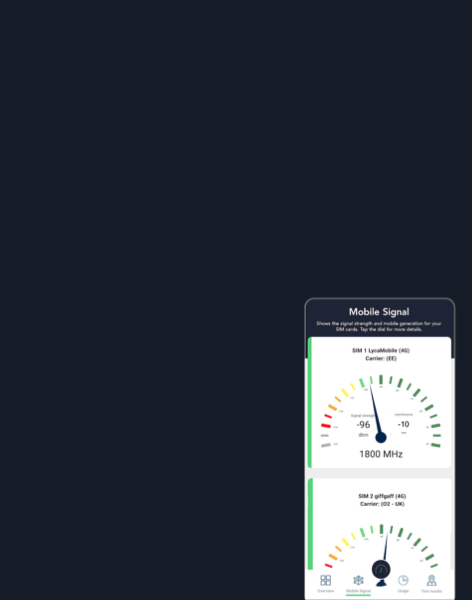What WRC-19 means for spectrum managers
The World Radiocommunication ConferenceThe World Radiocommunication Conference (W..., the conference that amends the international treaty on spectrum policy, is probably the most important regular event in spectrum policy. WRC-19, which concluded at the end of 2019, was no different. The event resulted in several high-profile compromises that will impact the spectrum policy landscape for the next four years and beyond.
In the last months we have updated the profiles of frequency bands, as well the spectrum strategies of various companies, that are available to Spectrum Research Service subscribers. These updates to our profiles include, among many others:
- Current 4G and 5G bands: A high profile compromise on the 26 GHz band allows current equipment to continue using the band for mobile broadband until WRC-27. After that, tighter restrictions will be in place, unless a future WRC decides otherwise.
- Possible 5G bands: Dozens of countries identified parts of the 4.4 – 5 GHz band for mobile broadband. The limits on this band, favoured by NATO countries, will also be reviewed at WRC-23.
- Vendors: An agreed WRC-23 agenda item to consider an IMTInternational Mobile Telecommunications (I... identification for the 6 GHz band may create conflict between vendors with emphasis on 3GPP-based mobile broadband, and those focussed on IEEE-based Wi-Fi. A similar disagreement in the run-up to WRC-19 concerned the 66 – 71 GHz band.
- Satellite: Inmarsat’s monopoly over the satellite components of the Global Maritime Distress & Safety System (GMDSS) was broken up by WRC-19’s decision to additionally recognise the frequencies assigned to Iridium as part of GMDSS and give them safety allocations.
- OTT players: WRC-19 only identified a fraction of the spectrum under consideration for High Altitude Platform stations (HAPsHigh Altitude Platform Systems (HAPS) are ...). WRC-23, however, will consider whether HAPS as IMT mobile base stations could use mobile bands below 2.7 GHz.
These developments, and many others, are explained in full as part of our Spectrum Research Service.
